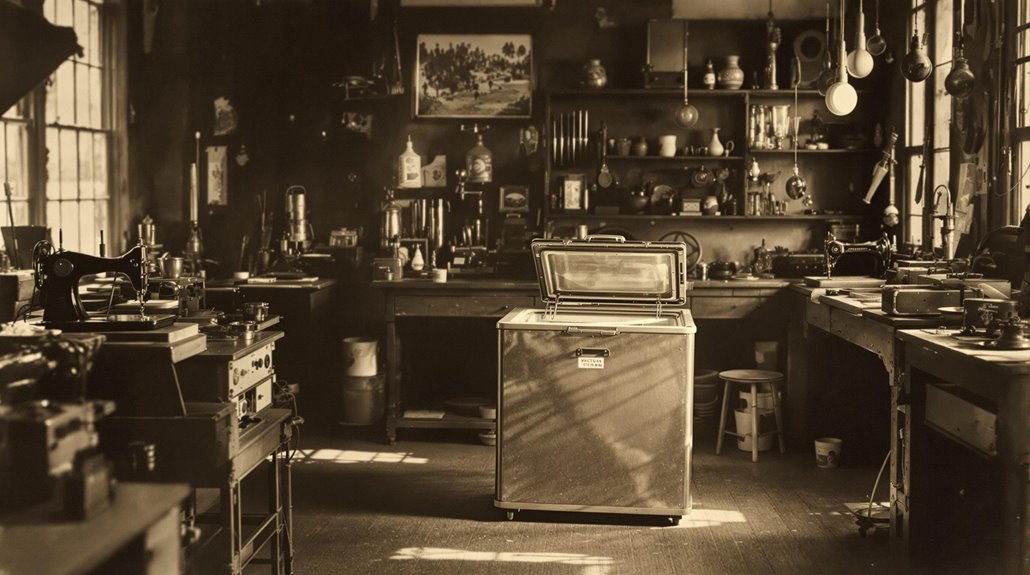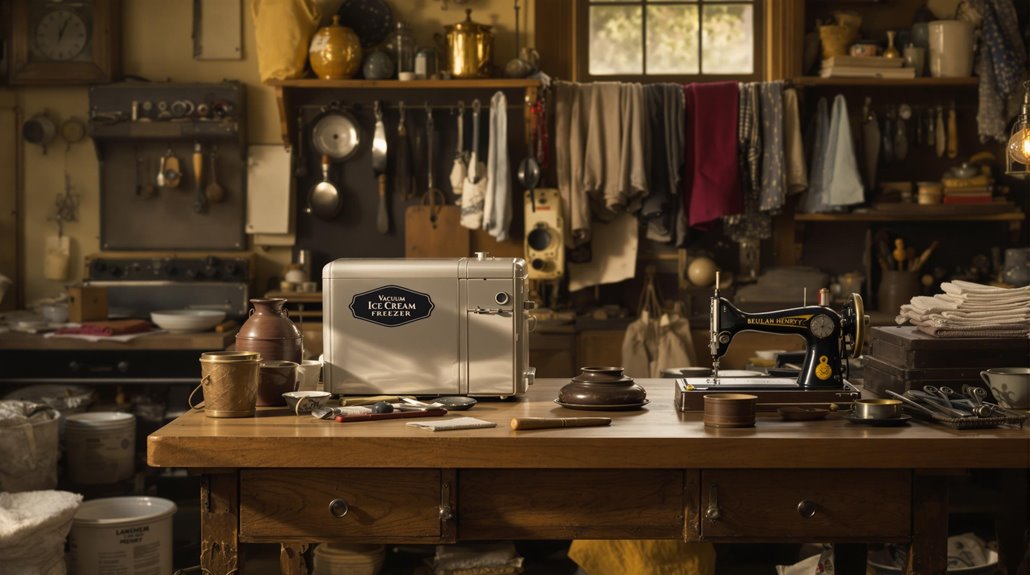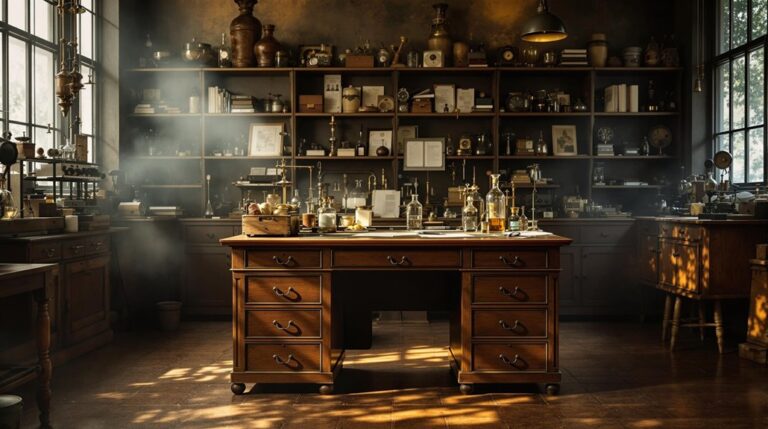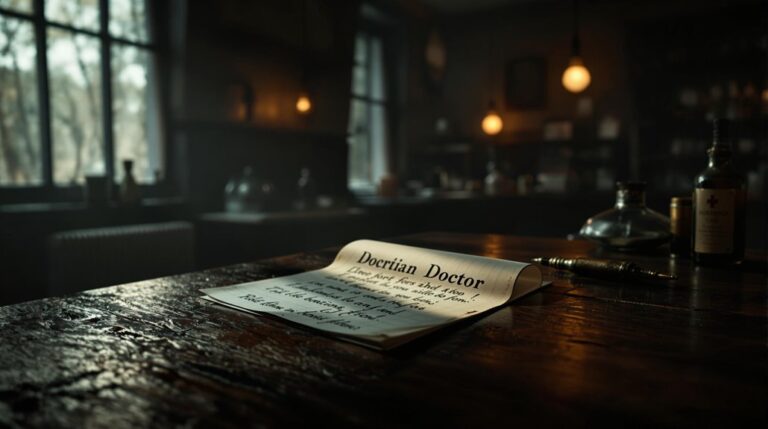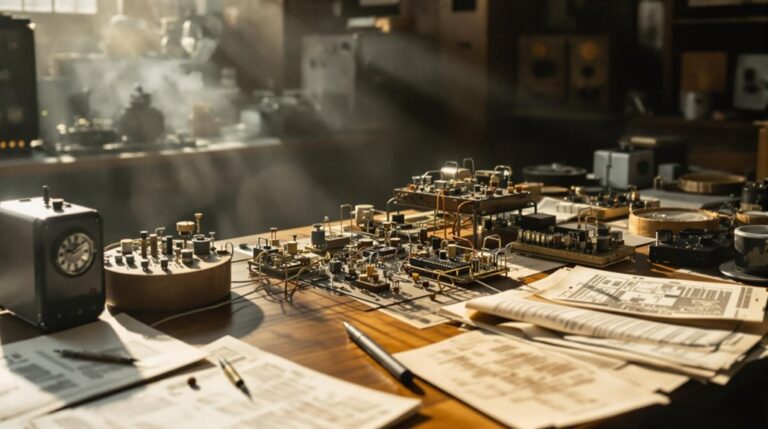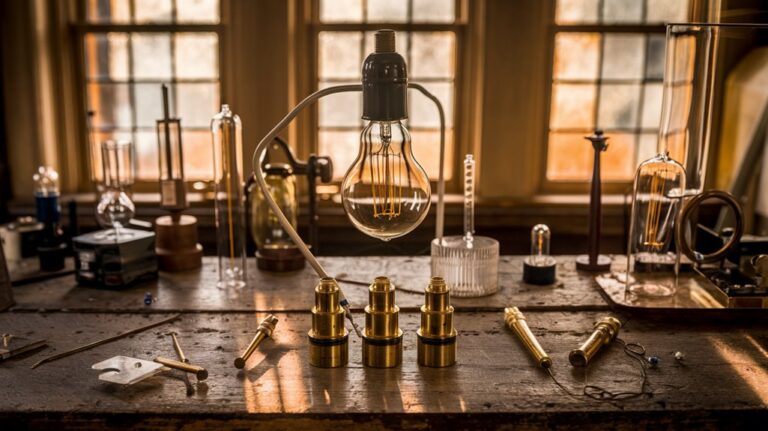Beulah Louise Henry’s 110 Patents: How a Sewing Failure Led to Ice Cream Success
You've probably heard of Thomas Edison, but Beulah Louise Henry's innovative spirit rivals his own. When her early sewing machine venture hit a wall, she didn't give up—she shifted gears and created a revolutionary vacuum ice cream freezer instead. It's a classic tale of turning failure into opportunity, and it's just the beginning of her journey to 49 groundbreaking patents. Her story challenges what you might assume about innovation in the early 1900s.
From Fabric Frustration to Frozen Innovation
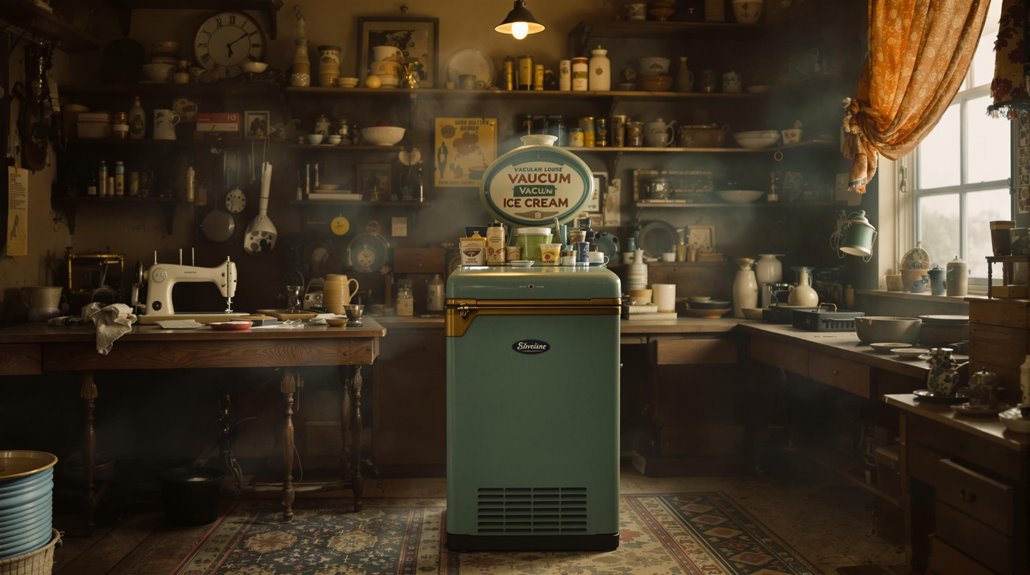
While many inventors gain fame for a single breakthrough, Beulah Louise Henry's journey from a vacuum ice cream freezer to a revolutionary bobbinless sewing machine showcases her remarkable versatility.
You'll find her fabric creativity emerged from personal sewing challenges she faced in the early 1900s. At just 25, she secured her first patent for a vacuum ice cream freezer in 1912, but it wasn't until 1936 that she revolutionized the textile industry. Her ingenious ice cream maker design doubled as a cooler, demonstrating her knack for multi-purpose innovations.
After spotting a chain-link pattern on a theater marquee, she developed a bobbinless sewing machine that transformed manufacturing efficiency. Her design eliminated the constant need to rewind bobbins and created stronger seams with double-chain stitches. This innovation proved especially valuable for mass production, earning her the nickname "Lady Edison" and cementing her place among America's most prolific inventors.
The Rise of Lady Edison's Empire
After securing her first patent in 1912, Beulah Louise Henry quickly built an impressive business empire that matched her inventive prowess.
She sold her umbrella cover innovation for $50,000 and established both the Henry Umbrella and Parasol Company and the B.L. Henry Company of New York.
Despite facing patent challenges in a male-dominated field where only 2% of patents went to women, she thrived. Her remarkable total of 49 granted patents demonstrated her persistence and innovation in the industry.
You'll find her engineering gender barrier breakthroughs particularly notable, as she tackled design obstacles by cleverly using household items to demonstrate her concepts to skeptical male engineers.
She hired her own team of mechanics and draftsmen, while consulting for major companies like Mergenthaler Linotype.
Known as Lady Edison, she became one of the most prolific women inventors of the 1920s.
Beyond the Needle: Diversifying Into Office Tech
Beulah Louise Henry's innovative spirit reached far beyond her early umbrella designs into revolutionary office technology.
While you might know her for sewing efficiency improvements, she made remarkable strides in typewriter technology during the 1930s and 1940s.
Her typewriter innovations included a protograph that could produce four copies without carbon paper and a duplicating attachment that streamlined mass document production.
You'll find her influence in the 1936 multicopy attachment patent and the 1940 feeding and aligning device that transformed office productivity.
Beyond typewriters, Henry's inventive mind tackled practical office challenges.
She patented solutions for direct mailing envelopes, can openers, and sound-producing devices.
Her consulting work with Nicholas Machine Works and Mergenthaler Linotype Company further cemented her reputation as a versatile inventor.
Known for finding creative solutions without formal training, her natural ingenuity earned her the nickname "Lady Edison" by the 1930s.
Creating Solutions for Everyday Problems
Throughout her remarkable career, Beulah Louise Henry tackled everyday challenges with ingenious solutions that transformed common household tasks. Her problem solving strategies ranged from practical to playful, addressing needs you might never have realized existed. Her prolific career earned her recognition as Lady Edison for her innovative spirit.
Among her household inventions were a groundbreaking vacuum ice cream freezer in 1912 and an umbrella with interchangeable covers in 1924, allowing you to match your raingear to your outfit. She later founded the Henry Umbrella and Parasol Company to manufacture her innovative designs.
For children, she created "Dolly Dips," soap-filled sponges that made bath time more engaging, and the "Miss Illusion" doll with color-changing eyes.
Her focus on improving daily life extended to simple yet essential items like the can opener she patented in 1956 and innovative hair curlers in 1925, proving that even basic tasks could benefit from creative engineering.
A Legacy That Shaped Modern Innovation
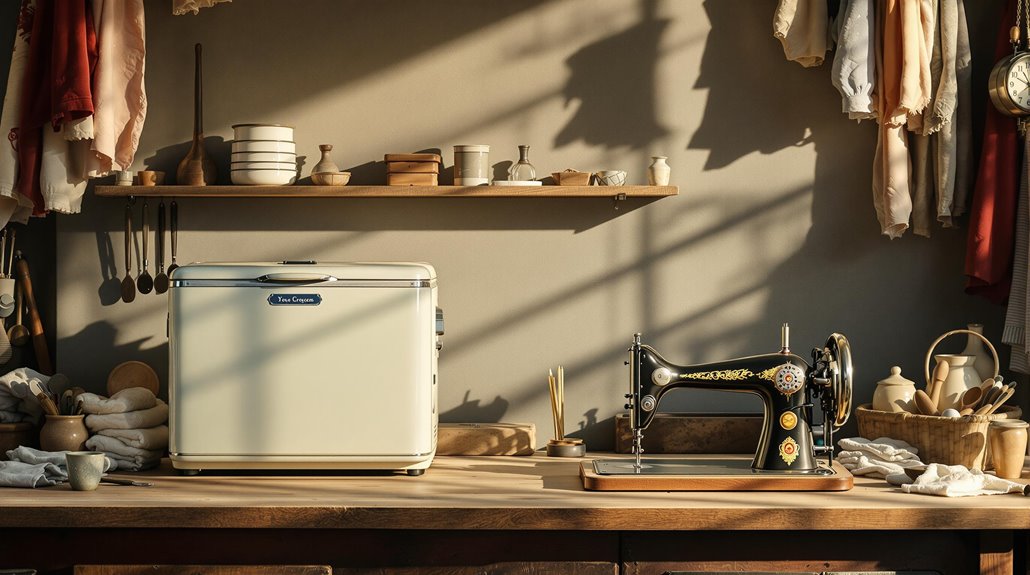
The enduring influence of "Lady Edison" extends far beyond her individual inventions. Her remarkable ability to visualize complete products before creating them served as invention inspiration for future generations of women inventors.
You'll find her innovative spirit reflected in the National Inventors Hall of Fame, where she was inducted in 2006 for her groundbreaking contributions to American industry.
What's particularly striking about Henry's legacy is how she broke barriers in a male-dominated field, proving that self-educated inventors could succeed through determination and creativity. She founded the successful Henry Umbrella & Parasol company in New York, demonstrating her entrepreneurial prowess.
Her diverse portfolio of 49 U.S. patents, spanning from household items to industrial machinery, demonstrates the breadth of her innovative thinking.
Whether you're using a modern ice cream maker or a sewing machine, you're experiencing the ripple effects of her pioneering work.

